CHRONICLING 100 years of Ateneo sports, various journalists have played a vital role in giving justice to the careers of Atenean athletes. Among these established journalists is veteran sports writer Rick Olivares (AB IS ‘89), whose impact has still been felt long after his departure from full-time sportswriting.
On the other hand, former Department of Health Secretary Manuel Dayrit (AB ‘72) is what one may call a jack-of-all-trades. With his wisdom and knowledge, Dayrit relished capturing memorable moments on and off the court during his time as the Sports Editor and Editor-in-Chief for The GUIDON.
Meanwhile, at the forefront of the digital transition in sports journalism were Carlos Cruz (AB MEC ‘19) and Kirby Jalandoni (BS ME ‘20), who took the reins as Sports Editors in 2018 and 2019, respectively.
Behind the body of work of these remarkable individuals are stories bred by a century’s worth of forged bonds and cemented memories.
The ever-changing tale
Recalling the earlier days of The GUIDON in the late 1960s, Dayrit reflected on his experiences as a sports writer before technology came into play. “I’d be up in the bleachers with my piece of paper, it would be split into two columns and I would note down the scores. At the end of it, you would have a narrative of the game,” he said.
Over time, modern media paved the way for sports coverage to evolve. Cruz mentioned the influence of his former editor, Roberto Andres, who led initiatives to cover all matches despite limited resources.
Because of the digital shift, lesser-known sports have received more recognition through newer forms of coverage like live-tweeting, a method utilized to deliver real-time updates to online audiences during games.
Despite the evolution of coverage styles, connecting these cross-generational storytellers is their unwavering passion for the game. Cruz noted that sports journalists covering Ateneo should look at its culture and how it transcends the playing field. “It’s important to look at the holistic goal of Ateneo sports,” he shared.
Following this, Olivares also detailed what he believed to be the three essential qualities of a journalist: the ability to observe what happens beyond the court, the capability to analyze patterns to forge insight, and the foresight to predict future outcomes. These qualities must then be coupled with genuine writing, as he emphasized that “good writing is authentic writing.”
Chronicling sports
With years of experience under their belt, these talented writers also chronicled a plethora of larger-than-life moments that they have witnessed firsthand.
For Jalandoni, the University Athletic Association of the Philippines (UAAP) Season 79 title run of the Men’s Football Team was his most memorable coverage, made special by the gratitude he received from players and their parents for covering the games. Noting the UAAP’s minimal permitted video coverage at the time, Jalandoni shared that recordings and live-tweets were the primary source of updates for the players’ parents.
Meanwhile, Dayrit’s greatest coverage moment came in the form of Game 2 of the 1969 National Collegiate Athletic Association (NCAA) Men’s Basketball Finals between Ateneo and José Rizal College.
“It was a tight game that decided if we would have to play another game for the decider. We came from behind and eventually won; that was how exciting the game was. I was up there in the bleachers and then after that, we all went down and there was this spontaneous celebration and bonfire,” Dayrit recounted.
These grand emotions on the field also extend beyond the sport itself, a reality Olivares vividly experienced during a Season 70 football match between Ateneo and the University of Santo Tomas.
With the game to be decided by a penalty kick, Olivares turned his attention to the sidelines where Head Coach Ompong Merida turned his back to face the crowd, anxious about what was to come. Merida only found out the result when the Blue and White crowd started to react and stood for joy.
These moments are what sports journalists have always aspired to capture through their work. “It’s not simply reporting a game, it’s getting into the drama, the challenges, that’s all a part of it. Because when you’re a sports writer, in a sense you’re also a historian,” Dayrit further added.
Ultimately, the workmanship of these talented writers has undoubtedly contributed to the storied 100 years of Ateneo sports. Thus, celebrating such a milestone also means commemorating the journalists who have committed to documenting the narratives of the Blue and White—chronicling not just the moment, but also the sensations that come with every hard-fought victory and heartbreaking loss.

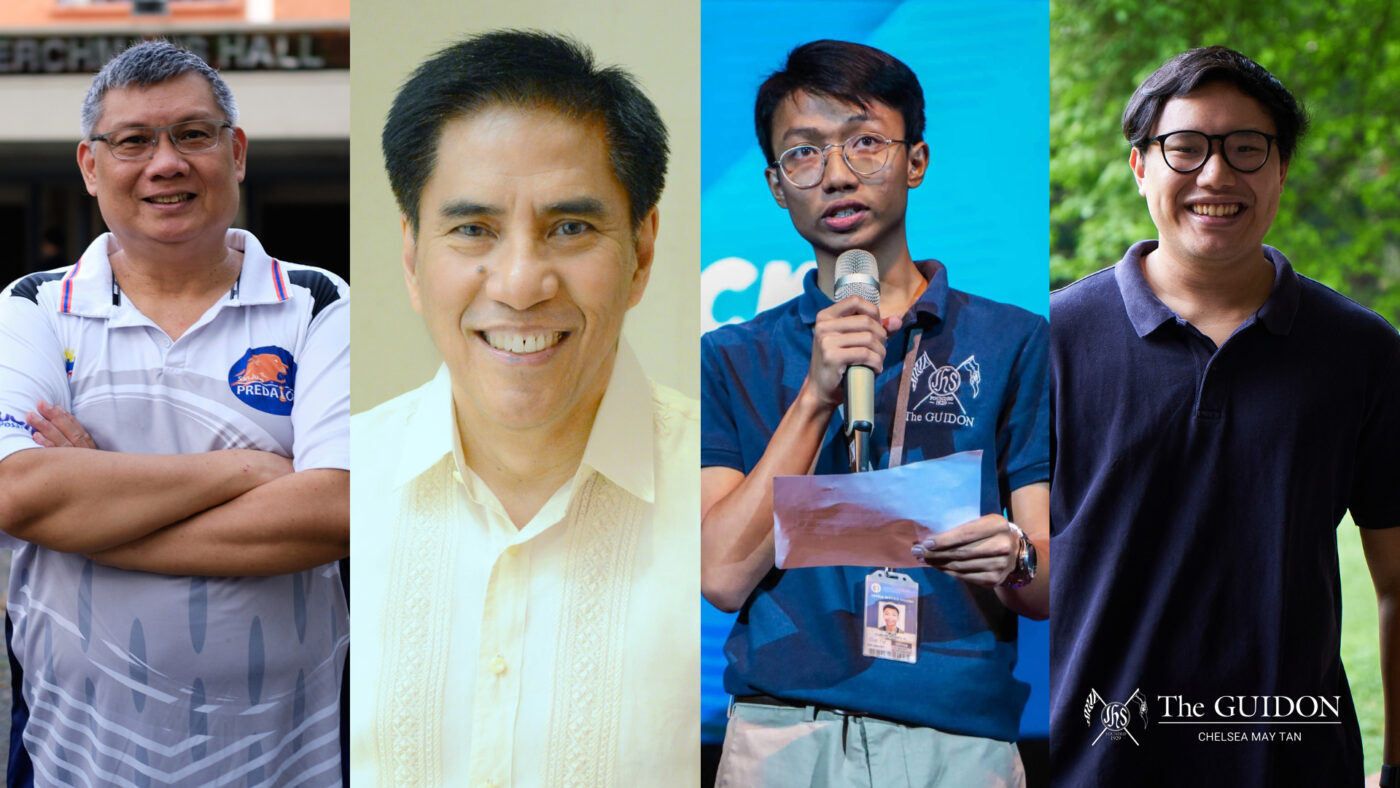
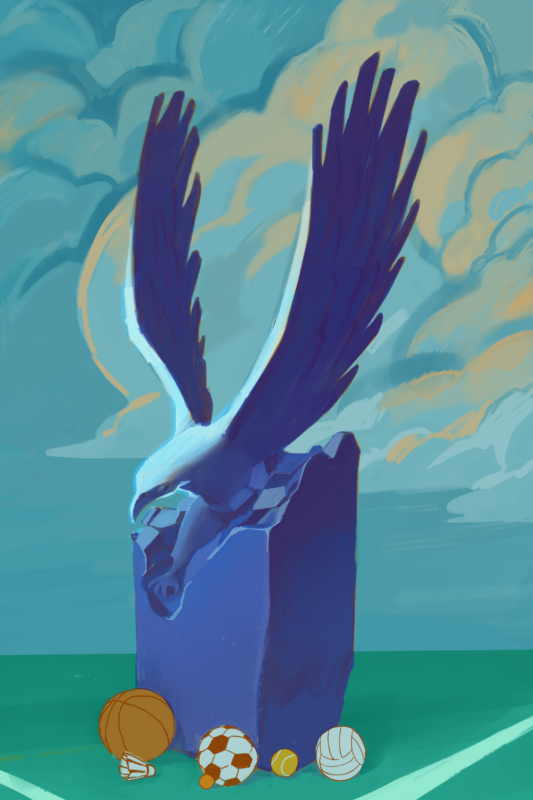
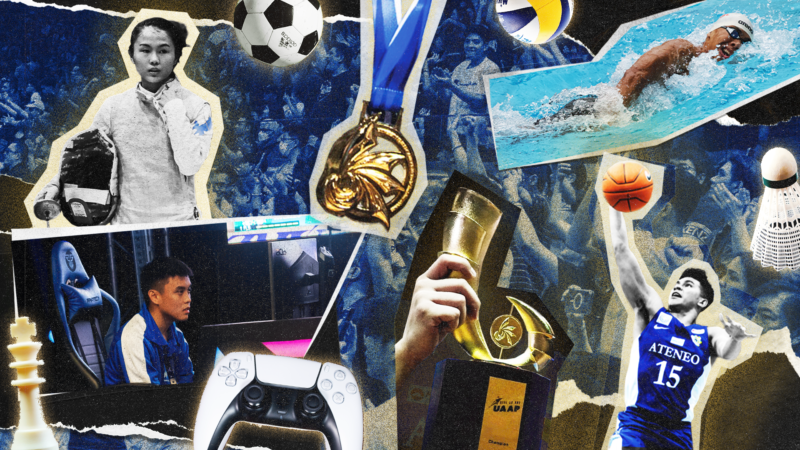
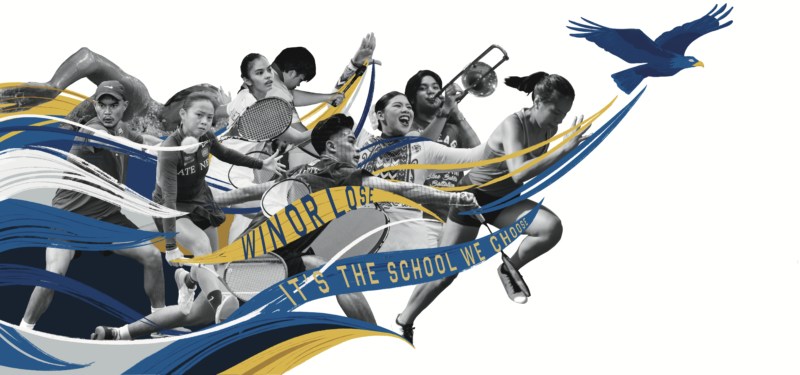
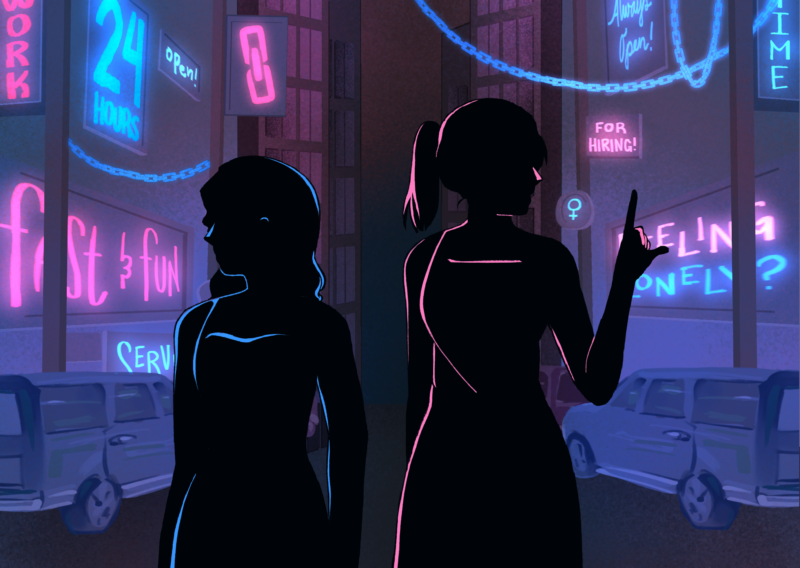
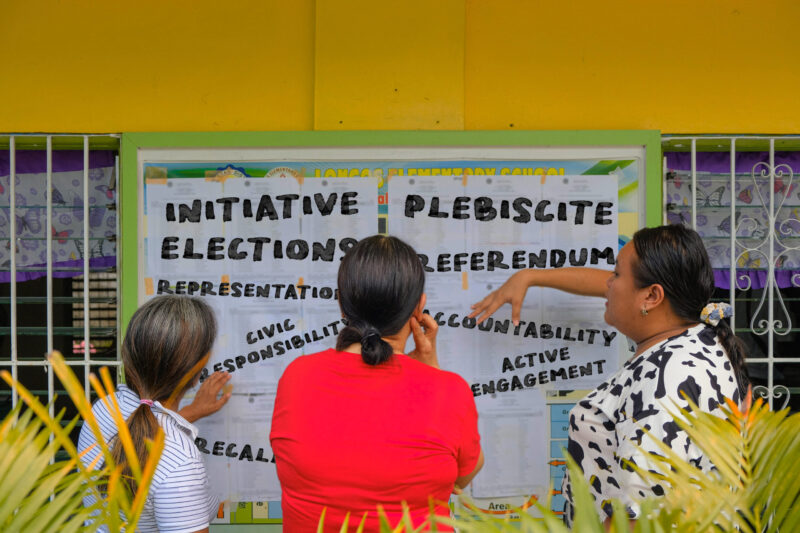
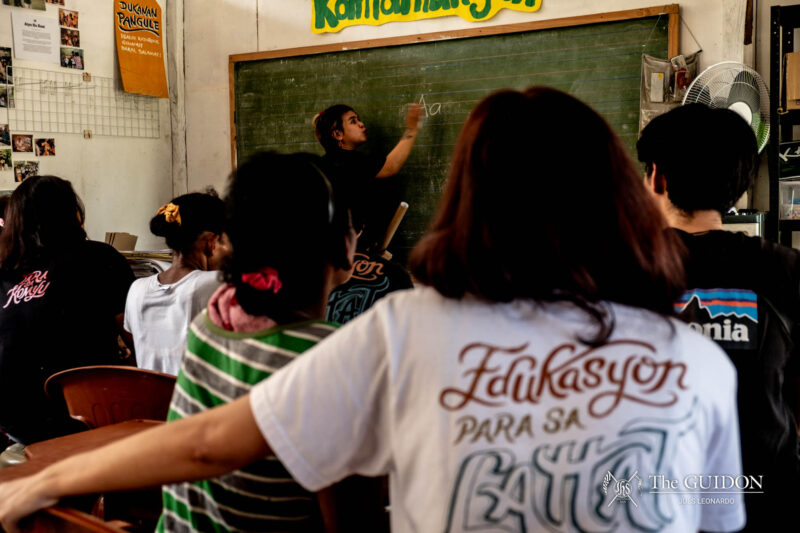
Thank you featuring The Guidon sports writers from 3 generations represented by years 1969, 1989, and 2019-2020. We are all united by the love of sports, and in particular, sports at the Ateneo. May sports continue to inspire us, provide enjoyment, and lead us to become better persons and citizens of this country.
Proud to know Doc Dayrit from then to now!!!